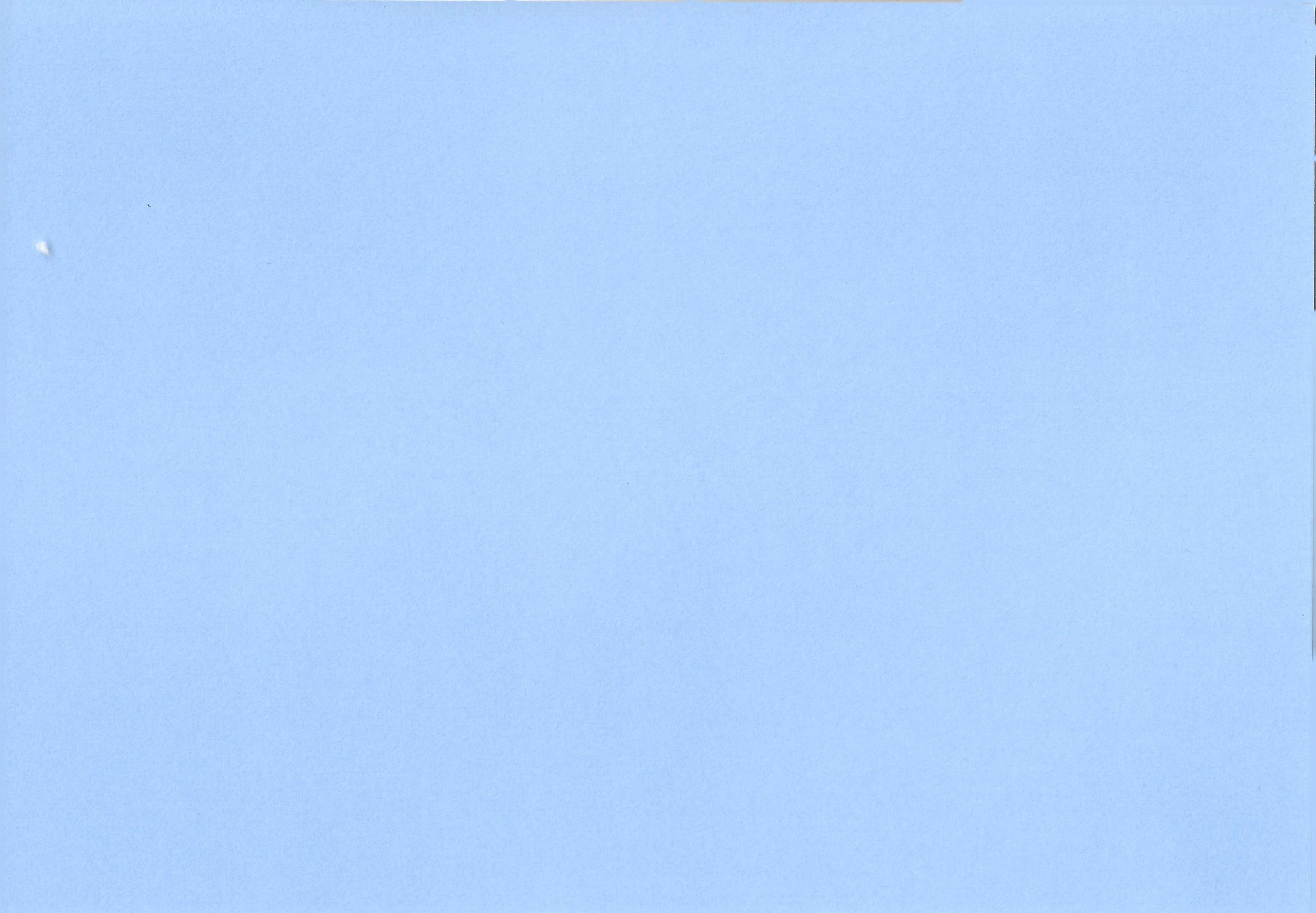
frontstage - audiencing
I found the term audiencing in Tanzquartier Wien - Centre for Contemporary Choreography and Performance (tqw.at) and I freely borrow it to explain how I perceive and offer to be an audience – as a practice that can be learned and unlearned, as part of the artistic effort and as something we do together. It is a verb. In this temporary collectivity, I choose to cultivate through somatic awareness playful and thought-provoking connections while creating spaces of exchange. My role as a host is an “ignorant” one: I don’t explain about the art but enhance the experience of it. It is an invitation to be an active public member.
Any artistic intervention is composed by three parts: a warm-up inspired by qualities of the show we are about to see, in which we tune into our senses; a shared public experience such as a performance, an exhibition, or another; and lastly, a reflective dialogue and translation through creative tools to suspend the judgement and let the impressions land. It is open to everybody, and any-body can join.
In this joint date, the group setting allows a sense of complicity to lean into the edges of our comfort, try new things, get at ease with friction, and be curious about which way we want to show up today; to decide the terms we engage within the frames we meet at, allowing to hold complexities and each other. Rather than exchanging information within the group, we share subjective perspectives and sensibilities. A self-reflective inquiry is an antidote to so many should’s and must’s; We don’t need to get what the artist attempted to convey. We might not make sense, but for sure we have it. Our attempt to translate in any language – symbolic or verbal – allows us to take ownership of what is alive.
Audiencing belongs to aspects of education, communication, or content such as programming, and context activities in art organization. I invite you to reach out so we can roll a conversation, search for common ground, and maybe - who knows, collaborate on a project.
You can read participants’ reactions during workshops in each event as documentation, and some testimonials here.

“For the last two years, I forced myself not to read everything in an exhibition just to get as much as I can from the art, from the situation. In big museums, sometimes the curatorial text is very much “This is The Interpretation” with capitals. We assume that everything has been chosen for us, that the curator has authority, and you are supposed to follow because it is written professionally. I think trust is given right away. But maybe they didn’t choose the best for you or the art? I think this kind of intervention is really good for questioning the situation that you are in a museum led by a very different point of view”
— extract from a reflection session. March, 2023.

Laura Mentink delicate ink stroke captured my response to the question why do I love what I do?. When I answered, I had in mind this poem written in a reflection session on the first try-out in an art institution, somewhere by the end of 2022How can we be so different?
Yet so similar
So distant, yet so close
Together, apart
Apart, together
NowWhy when I am done
And away
Hear the signs of
Everything I have been
Everywhere I have lived
Everywhere I have felt
In the middle of nowhere
I find nothing
And everything I have been
A spackle in the night
At the intersection of worlds
And the realization!
We are the same
First dark
Then light and colors
It’s us
